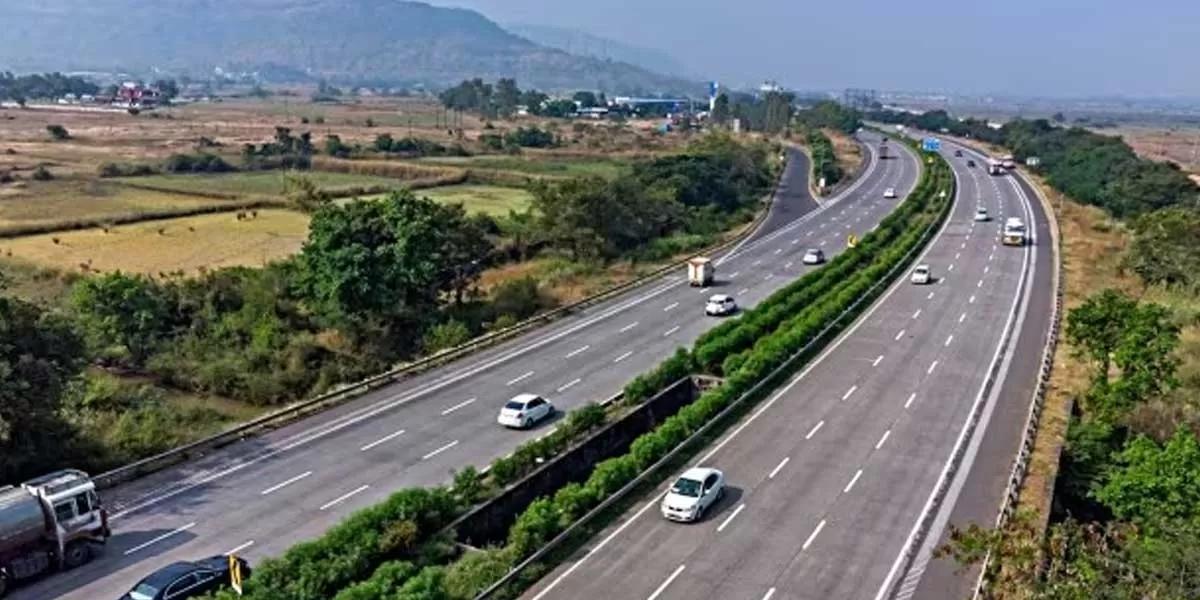The roads sector plays a crucial role in promoting all-round development and is a harbinger of growth. In the Himalayas, access to roads is fundamental for economic growth and development of livelihood. To further the green growth agenda in mountain areas, it is important to transform the roads sector which is presently seeing a quantum leap through road upgradation, realignments and new construction. However, the traditional construction practice of using bulldozers to roll the excavated spoils down the mountain slopes causing damage to mountain vegetation, farmlands, and other property, is a major issue that needs to be fixed. This practice results in unstable slopes that subsequently cause landslides both at the mountain and valley sides. Not only this, the process results in repeated repair expenditure and monsoon maintenance throughout the lifecycle of the road. Moreover, improperly designed cross-drainage structures result in gully formations causing further damage to the slopes. The existing rural roads and border roads infrastructure in this region is only going to expand in the future. This presents an opportunity for the policymakers to graduate from traditional to “green road” construction policy and practices.
These “green roads” would prioritise sustainability, minimise environmental impact and promote biodiversity conservation. They would essentially prevent destabilising the slopes as repair and maintenance is both difficult and expensive. And by transforming these practices, the IHR has an opportunity to showcase itself as a leader in mountain road construction practices.


